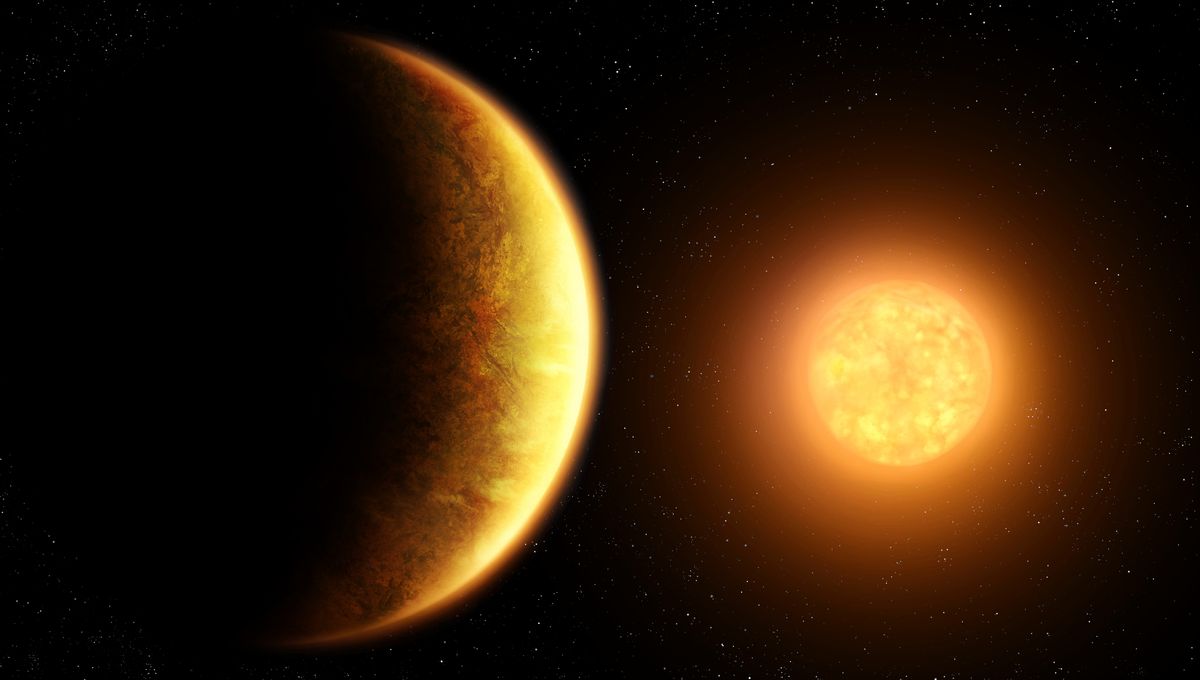
Just a few weeks ago, we crossed the significant milestone of 6,000 known exoplanets. The counter keeps getting higher, and there are 8,000 more candidates waiting for confirmation. In the decades since the first detection of a world beyond the Solar System, we have learned that the universe is a lot more varied and extreme than we thought possible based on the Solar System alone.
Here, we have four rocky planets in the inner part, and four giants in the outer part, as well as hundreds of moons, many dwarf planets, and millions of minor objects. None of the big players orbits far from the plane of the Solar System, and the Sun is a single star.
Beyond the Solar System, some giant planets have been observed orbiting so close to their star that they become inflated and incredibly hot; they are called hot Jupiters. There are worlds with no counterpart in the Solar System, the super-Earths bigger than our planet but smaller than Neptune. Planets orbiting two stars, or weird configurations, worlds whose characteristics seem like something out of science fiction.
If all of this is not peculiar enough, even things that become established as a new class have exceptions. Take, for example, the marshmallow planets, worlds of extremely low density, usually found very close to their star. Just recently, astronomers reported the discovery of one, TOI-4507 b, on a very distant and cool orbit. How does it stay so puffed up?
Below are some of our favorite bizarre worlds, but do not think that the rabbit hole of peculiar exoplanets begins and ends with this list!
CoRoT-2b
CoRoT-2b is a hot Jupiter orbiting so close to its star (going around in just 1.7 Earth days) that its outer layers are bloated. The intense heat causes the planet to have a temperature high enough to melt steel. It is likely tidally locked, which means that one side is constantly in sunlight and the other in constant night. This arrangement has allowed astronomers to study winds on such worlds, and it turns out that this hot, bloated gas giant has winds that go the wrong way compared to the standard hot Jupiters.
LTT9779b
Planets do not emit visible light like stars; they shine in the sky because they reflect sunlight. Exoplanets too reflect starlight, and nobody does it better than LTT9779b. This world reflects 80 percent of the starlight it receives, making it the shiniest known planet yet, or the largest known “mirror” in the universe.
WASP-12b & WASP-103b
Planets are roughly spherical, right? Well, not always. If large planets orbit very close to their stars, the gravity can squish them into a rugby ball shape. This is the case for WASP-103b, which is a classic of the funny-shaped giant genre. It is 1.5 times the mass of Jupiter, with twice its radius, but is 20 times hotter.
Similar is WASP-12b, also heavier, larger, and hotter than Jupiter, and to top it all off, the star is stealing its atmosphere. These hot Jupiters can’t seem to catch a break.
Corot-7b
This world is a rocky super-Earth about four times as big as our planet, but it is not hospitable. CoRoT-7b is likely covered in molten lava, but it might also be tidally locked. As a result, the molten portion might be mainly present on the star-facing side, unless the motion around the star causes tidal heating inside the planet, producing volcanoes on both sides.
Like Star Wars’ Mustafar, this could be a lava planet, half of it baked by intense starlight, and half facing the eternal night of space.
PSR J1719-1438 b
In an episode of Doctor Who called Midnight, the Doctor travels across a diamond planet orbiting a pulsar. Unrealistic, right? Well, let’s meet PSR J1719-1438 b. This is the densest planet ever discovered. It is believed to be made of crystalline carbon, but with a density much higher than any diamond formed on Earth.
If this was not amazing enough, this world orbits a millisecond pulsar – a rapidly rotating neutron star – which spins on itself every 5.8 milliseconds and emits a strong magnetic field, and releases X-rays and gamma-rays, baking the planet with deadly radiation. It is possible that this world did not start as a planet but as a star, and the supernova that created the pulsar and then the pulsar’s gravity stole its surface material, leaving behind a crystalline carbon core.
Earth
I will not apologize for pulling a Planet of the Apes on you, revealing our “pale blue dot” at the last second, but it is important to remember that so far, there is only one place we know has and can support life. Our own! And that might be bizarre indeed in the wider universe.
Source Link: From The Shiniest World To Lava And Eternal Darkness, These Are The Weirdest Known Planets